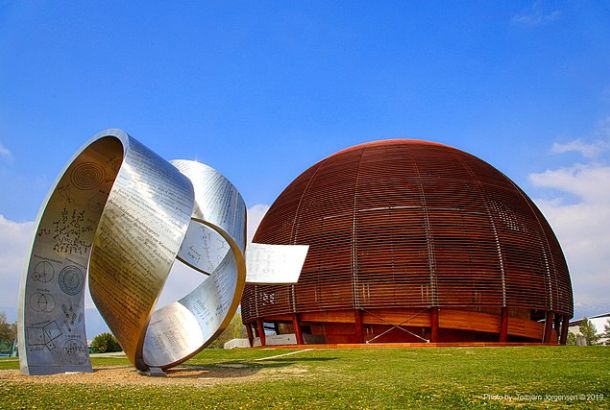Silkworms, spider genes and bulletproof silk

In a recently published study, scientists at Donghua University and Southwest University in China successfully genetically modified silkworms to produce 100% spider silk. This laboratory produced material is both stronger than Kevlar and tougher than nylon. With this discovery, the scientists have offered a natural and “sustainable” alternative to the synthetic fibres we commonly use.
Kevlar is one of the strongest man-made polymers currently on the market. We use it in bullet-proof clothing, in car tyres and even to surround television cables because of its strength and heat-resistant properties. Nylon, on the other hand, has a higher toughness than Kevlar and is used in clothing, seatbelts, and fishing nets. These materials do share some commonalities though – one being that they both have significant environmental drawbacks. From the pollutant manufacturing of Kevlar to the plastic bio-waste from nylon, there are significant ecological effects of our use of these man-made materials.
100% spider silk may be the way forward.
What’s so great about spider silk?
As you may know, spider silks have extremely high tensile strength and many studies have identified that they are, in differing degrees, stronger than Kevlar. So why isn’t our silk already made by spiders? Well, most spider species are cannibalistic and, particularly when in close confines (such as a lab), will eat each other until only one or two remain.
In 2009, Simon Peers and Nicholas Godley worked with a team of 80 people on an expedition in Madagascar to harvest silk from the Golden Orb Spiders, which they gathered in the wild and released again. They estimated that they milked around 1.2 million spiders over three years, and produced a limited amount of gold cloth, which was displayed in museums around the world.
This gold cape worn by @StaceyMcKenzie1 is handwoven from the iridescent silk of more than a million Golden Orb Weaver Spiders. 🕷️❤️ #ROMSpiders pic.twitter.com/lRVMguwGVI
— Royal Ontario Museum (@ROMtoronto) June 11, 2018
Whilst the principles of Peers and Godley’s work make a fascinating read, the production of Orb-spun silk clothing doesn’t match the scalability of some of our major fashion brands today.
Genetically modifying the silk worms
Junpeng Mi and the rest of the researchers involved used gene editing CRISPR to replace the protein that creates silk in the silkworm DNA with a protein called MiSp, which produces silk in spiders. They tested the silk produced from these transgenic silkworms and found that their silk was six times stronger than Kevlar, 1.3 times tougher than nylon, and that its structure replicated the structure of spider silk.
The silk produced also held a protective cuticle layer, which has never been replicated in synthetic silk, due to the unknown mechanism of spinning that both spiders and silkworms hold.
Ethics and sustainability
Silkworms are currently used extensively in the production of fabrics. However, there are significant environmental concerns associated with silkworm fabrics. To produce silk from silkworms, they are commonly boiled alive to obtain the silk fibres from their bodies. Not only is this an ethical issue, but an environmental one too as the practice uses up to 1000 litres of water to make just one kg of silk and uses enormous amounts of energy to heat the water to boiling point, often derived from fossil fuels.
However, there are methods of reducing the biological impact of silkworm use. One potentially stomach-turning option could be eating the boiled silkworms. This reduces the bio-waste of the overall practice, making it more sustainable (but no more appetising). Alternatively, Ahimsa silk, which originates in India allows the pupae to develop until they are viable outside the cocoon and they can be released. Unfortunately, the process of creating Ahimsa silk does take longer and therefore creates a more expensive product.
The future of spider silk
With that being said, as with many conversations around sustainability there is no one perfect answer to combat these issues. Certainly, this new study offers an intriguing alternative to some harmful synthetic fibres that we are already using on mass today.
Unfortunately, we won’t be seeing this modified silk on our shelves anytime soon. Scientists will have to monitor whether these genes are passed down to the offspring of modified silkworms, or if they will have to manually alter the DNA of each organism. However, the lead researcher on this study, Junpeng Mi, has suggested that this is the first step in the mass production of spider silk, which could eventually filter down to our everyday products.
So, watch this space – perhaps spider silk will be coming into fashion after all.







